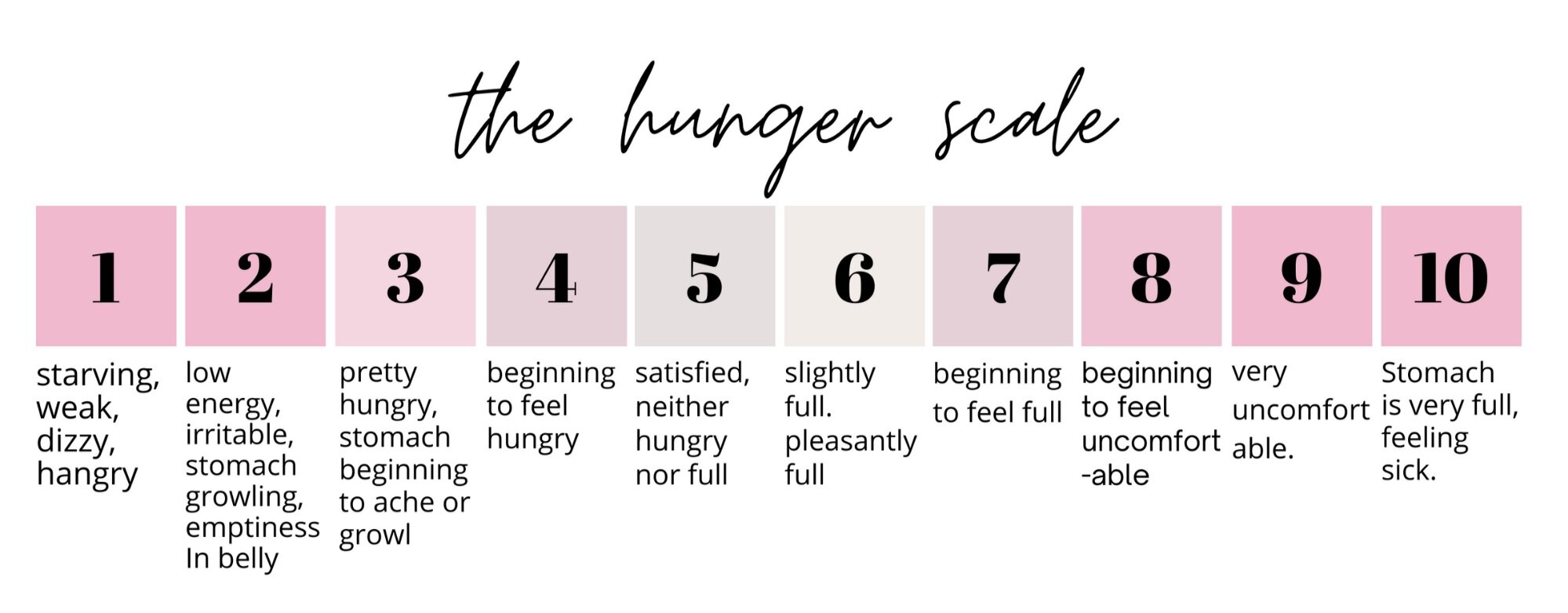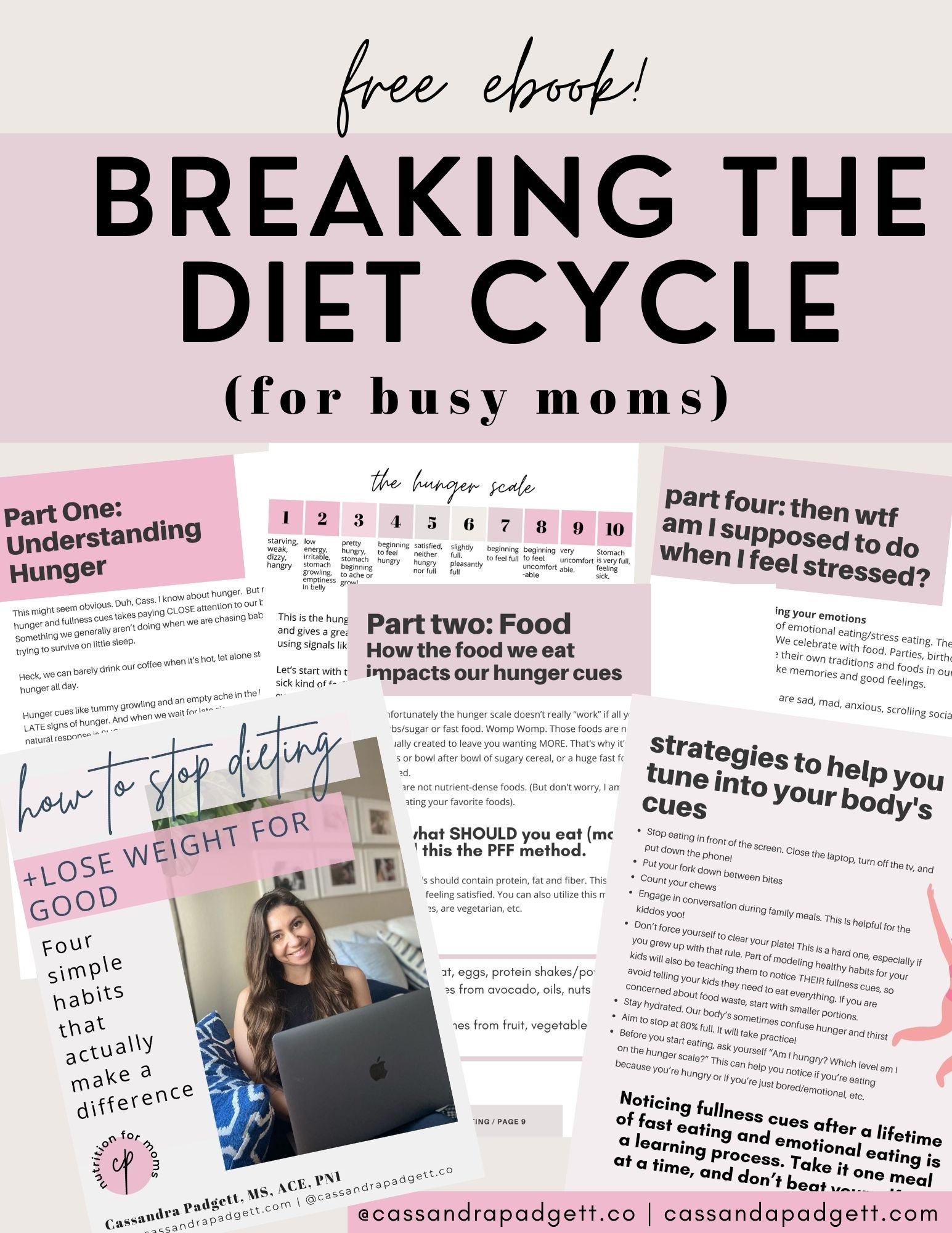Is fruit making me gain weight? I got this question recently (and have many times over the years) so I thought I’d address it here.
Is fruit making me gain weight?
The short answer… no.
The longer answer in three parts
ANY food you eat over your baseline calorie intake can lead to weight gain. So if you eat 3000 calories of fruit each day, yes–you could gain weight. However, since fruit is high in fiber, and you’d also get a terrible stomachache ingesting that much fruit– it’s not likely this is going to happen.
Fruit is higher in sugar (yes, naturally occurring fructose, but sugar nonetheless). Because other sugary foods lead to weight gain, people assume that the sugar in fruit can also lead to weight gain. In reality, most sugary foods are either also high in fat which = higher calorie content (like cookies, cakes, etc.) OR very low any nutritional value– like soda, or candy- foods that don’t make you full, and are manufactured to be delicious= a recipe for overeating.
Fruit on the other hand is high in fiber – which means it’s filling– as well as water. Since it’s filling you’re likely to stop when you’re full– or be in a lot of GI distress from overeating fruit.If you re consistently gaining weight, the last thing you should worry about cutting out is fiber. A high-fiber diet (aka fruits, vegetables, whole grains, legumes) is associated with better health overall– better cholesterol, reduced risk of chronic diseases, and easier weight management and blood sugar control.
If you’re desperate to cut something out of your diet, you want someone to ‘tell you what to eat’ or you feel the need to have food rules to help you feel in control of your diet… you should probably be more concerned about your relationship with food, and creating balance within your diet.
If that sounds like you, I created a free ebook here all about improving your nutrition without adding extra stress to your life.

















